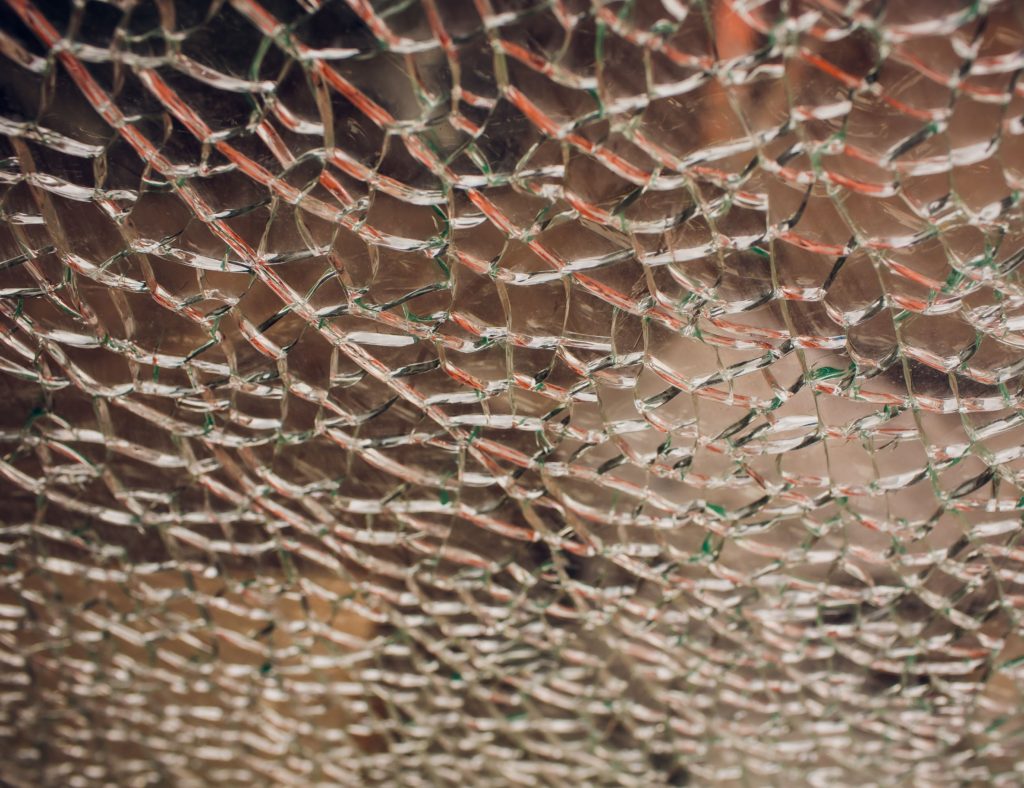If you’re looking at this then you or someone close to you has probably broken a bone. I offer you sympathy – it’s not much fun and a real inconvenience; but look on the bright side – by reading this article you are close to finding a brilliant way to speed up your recovery!
Regular orthopaedic assessment and treatment such as pinning and casts is absolutely essential to manage your recovery and it is very important to follow all the advice and protocols provided by your consultant. There is however an important role for osteopathic treatment in the recovery of breaks which addresses a different perspective than that addressed by your consultant. It will help your return to optimal function in the quickest possible time, with the minimal amount of compensation in the rest of your body, and with the least possible chance of storing up problems for the future.
As an osteopath I am always looking at the whole person and not just the broken bone. I am considering the impacts of the trauma which lead to your break not just on the effected bone but on all the surrounding tissues both proximal and distal. If you break a bone the forces which cause your bone to break will also enter other tissues. Actually the break acts as a fairly protective mechanism to the rest of the body – it allows forces to escape the body which otherwise might be absorbed and lead to deep strains elsewhere; however you cannot fully escape damage or strain to other tissues. Surrounding tissues may hold a ‘memory’ of the forces applied (through a mechanism known as mechanotransduction).
In addition orthopaedic treatments, such as having a cast, prevent normal functional movement for a period and this leads to the damaged area being underused. While this is optimal for bone alignment and knitting together of new bone growth, it is not optimal for surrounding tissues which become congested. Further the lack of normal functional movement leads to compensations elsewhere in the body which over a period of 6 or so weeks can start to become your norm. On top of all that it is stressful on your whole body not being able to move properly during the recovery period and many people experience weariness, fatigue and a lack of overall energy when recovering from a break.
An osteopath can help you at all these levels and does so by considering and treating both the local site of trauma and you as a whole integrated person. If you break a bone in your wrist it is never just that wrist bone that is affected. All the surrounding ligaments, muscles and other joints all the way up the kinetic chain to your spine are affected. Your other arm is affected due to the compensation. Your breathing mechanics may be affected due to changes in your spine and rib mechanics and because you are stressed out that you have a cast on and can’t do things properly for 6 weeks and because you are in pain! Maybe an old neck injury starts to become a problem because you are sleeping awkwardly and this is triggering tension headaches…..
And how can osteopathic treatment help? As osteopaths we are trained to consider you as an integrated whole person never looking at just the injury site. Osteopaths develop ‘palpation’ skills which allow them to feel altered tissue textures and strains and to recognise malalignment and misplaced forces in the whole body, and to correct these strains. A subtle and gently rhythmic application of specific manual forces can help to reverse strains in the tissues and to bring about the optimal conditions for cellular healing, regeneration and drainage for those damaged and underused tissues. This speeds up healing and reduces stiffness and congestion. In addition it can help to release strains held in the extracellular matrix from the actual trauma and from compensatory movements of your body. Getting the local tissues and all the kinetic chain working really well again after your bone has knitted together really helps to reduce the chance of future problems such as osteoarthritis.
You don’t have to wait until your cast is off to be treated either. An osteopath can use very subtle techniques which promote flow in the tissues by working either side of your cast and it is actually a really good idea to start treatment as soon as possible to minimise congestion and compensation. And it will benefit patients of any age.
Of course there is alot you can do to help optimize your healing and to minimize compensations and movement and good body awareness is essential. Often we instinctively know what is good for us but somehow we don’t always listen to what our body is telling us. I usually provide tailored movement exercises to my patients, which helps with the quality of their movements and also helps to improve their body awareness.
[facebook]
[twitter name=”e17osteopath”]
Featured Image: Snapped_arm by Charlie Bosmore, creative commons artwork


